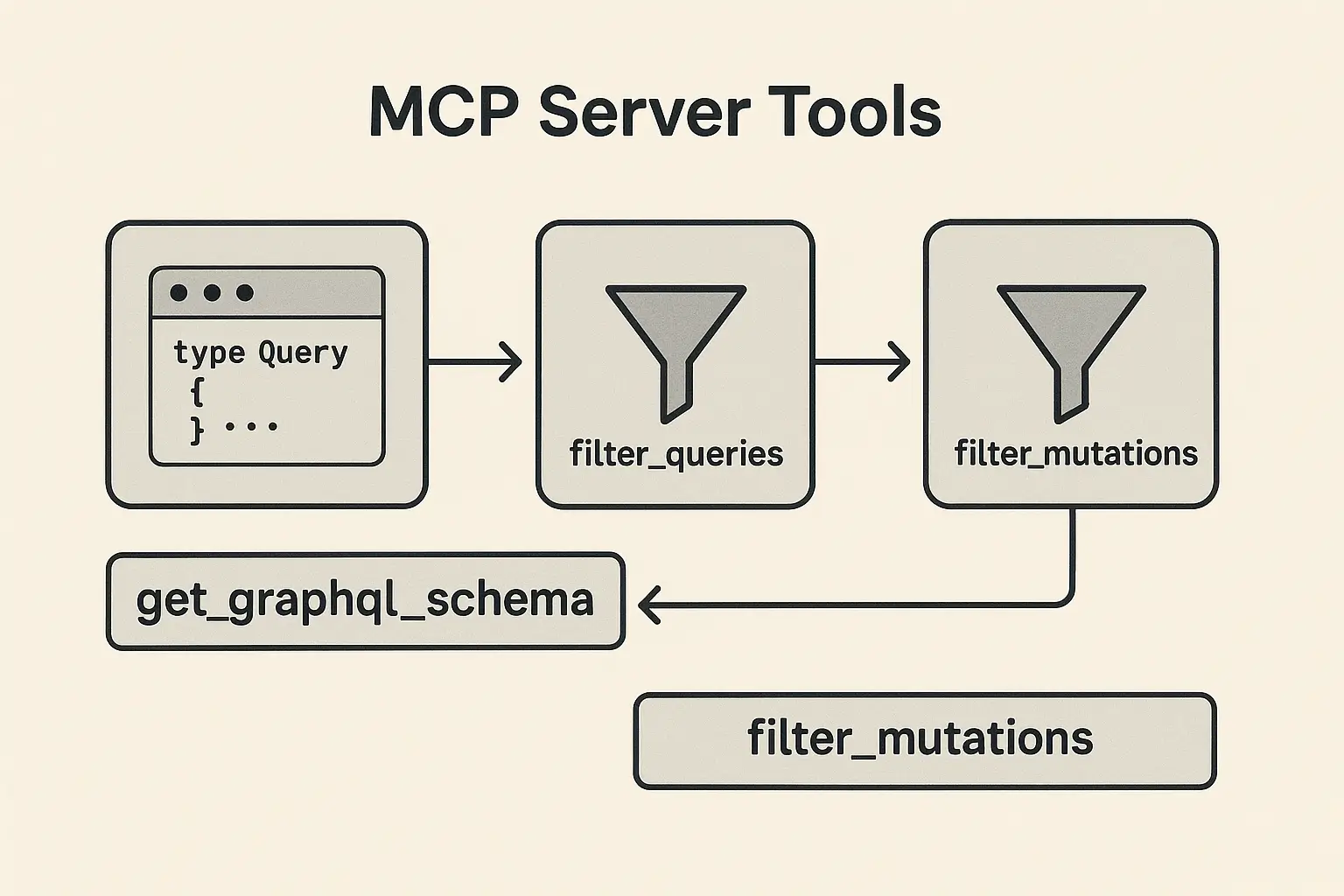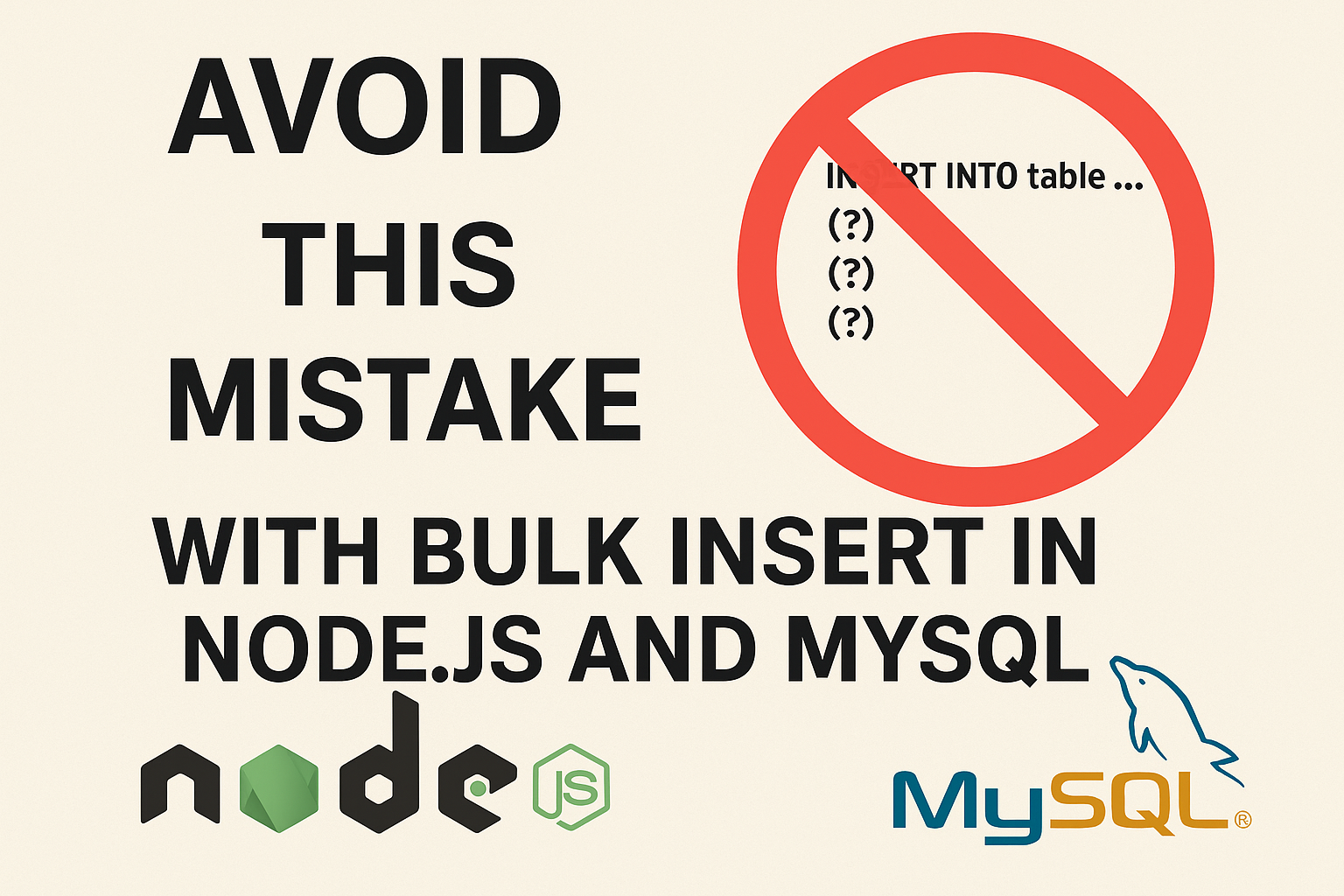What is Ruby’s Global Interpreter Lock (GIL) and How to Overcome Its Limitations?
The Global Interpreter Lock (GIL) is a mechanism used in certain programming languages, including MRI (Matz’s Ruby Interpreter, the most widely used Ruby implementation), to synchronize access to the interpreter’s internal structures. It ensures that only one thread executes Ruby code at a time, even on multi-core processors.
Why Does the GIL Exist?
The GIL simplifies the implementation of the interpreter by avoiding thread safety issues. Ruby’s C-based implementation uses shared data structures, and the GIL ensures that threads don’t access or modify these shared structures concurrently, which could lead to unpredictable behavior or crashes.
How the GIL Works
- At any given time, only one thread is allowed to execute Ruby code.
- Other threads must wait for the current thread to release the GIL, even if running on a multi-core CPU.
- However, threads waiting for I/O (e.g., file reading or network requests) can release the GIL, allowing other threads to execute Ruby code in the meantime.

Implications of the GIL
- Limits True Parallelism:
- On a multi-core CPU, the GIL prevents Ruby threads from running Ruby code in parallel on separate cores.
- As a result, Ruby’s threads are better suited for I/O-bound tasks (e.g., waiting for network responses) than for CPU-bound tasks.
- Multi-Process Advantage:
- To utilize multiple CPU cores, Ruby developers often use processes instead of threads. Processes don’t share memory and aren’t affected by the GIL, allowing true parallelism.
- I/O-Bound Tasks Work Well:
- The GIL doesn’t block non-Ruby operations (e.g., I/O operations, database queries). In such cases, threads can achieve concurrency because they release the GIL while waiting.
Which Ruby Versions/Implementations Have a GIL?
- MRI Ruby: Has a GIL, so threads are limited in their ability to run in parallel.
- JRuby: No GIL. It uses the JVM (Java Virtual Machine), allowing true multi-threading.
- TruffleRuby: No GIL. Designed for better concurrency and performance.
- Rubinius: No GIL. It provides native threads without this limitation.
Example: GIL in Action
require 'benchmark'
def cpu_bound_task
1_000_000.times { |i| i * i }
end
threads = []
time = Benchmark.realtime do
4.times do
threads << Thread.new { cpu_bound_task }
end
threads.each(&:join)
end
puts "Time taken: #{time} seconds"Result on MRI Ruby:
Even with multiple threads, the time taken is similar to running the task sequentially because only one thread runs Ruby code at a time.
When Is the GIL Not a Problem?
- I/O-bound tasks (e.g., network requests, file reads/writes).
- Applications that rely on external libraries or native extensions (e.g., C code, which is GIL-independent).
Conclusion
The GIL is both a blessing and a limitation for Ruby developers:
- It makes Ruby’s interpreter simpler and safer but restricts true multi-threading.
- For tasks that need true parallelism, use multiple processes or an alternative Ruby implementation like JRuby or TruffleRuby.
Understanding the GIL helps you design efficient Ruby applications by choosing the right concurrency approach for your needs.





